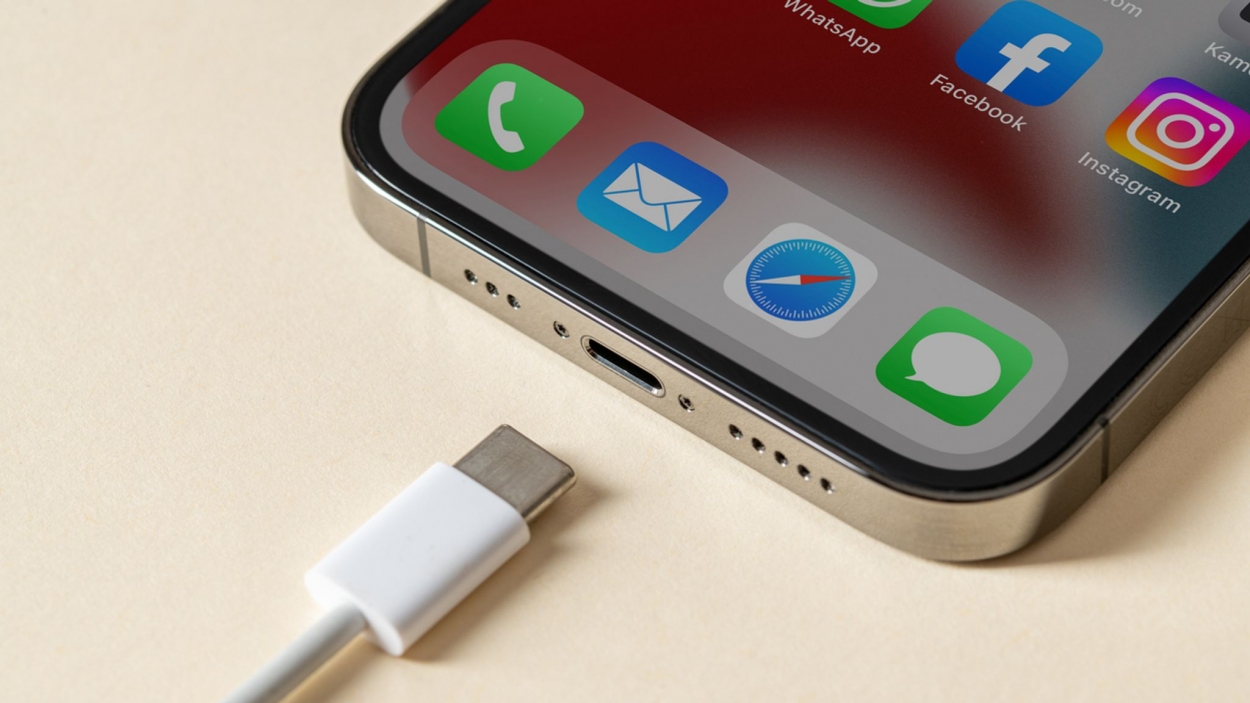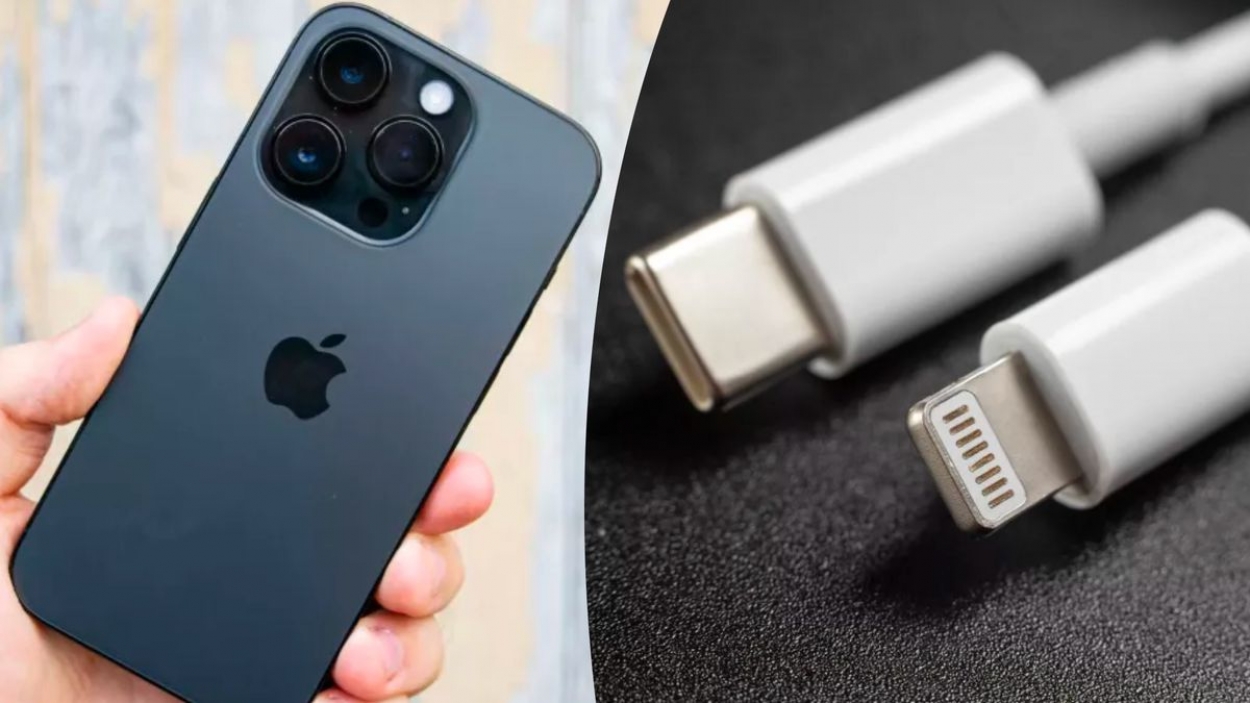Apple's Long Journey to USB-C: Why Did It Take So Long?
- Some Apple gadgets are stubbornly holding onto Lightning ports—why?
- You’ve heard about iPhone’s USB-C shift, but what about the rest?
- This move has been in the making for years. Now, it’s about to get real.
- Curious which Apple devices still haven’t made the switch? Here’s the rundown.
It’s been almost exactly a year to the day Apple brought the much-anticipated USB-C port to the iPhone, ending the era of the Lightning port after more than a decade. Although Apple played a pivotal role in developing USB-C, the company has held off introducing the port on iPhones for years. But why did it take Apple so long to make the switch?
The Development of USB-C
USB-C, a now ubiquitous standard, was co-developed by Apple in 2014 alongside other major tech players like Intel. According to the USB Implementers Forum, Apple was one of the top contributors to the USB-C project, trailing only Intel, Japan Aviation Electronics, and Tyco Electronics in terms of engineering resources dedicated to its development.
Apple's involvement in USB-C wasn’t just a side project; it was at the core of its engineering efforts. Despite this, the iPhone stuck with its proprietary Lightning port for nearly 11 years, much longer than many expected.
 Photo via Sky News // Apple’s iPhone 15 is the first iPhone to ditch Lightning for USB-C.
Photo via Sky News // Apple’s iPhone 15 is the first iPhone to ditch Lightning for USB-C.
So... Why the Delay?
Despite the massive potential of USB-C, Apple’s decision to continue using Lightning on iPhones likely stemmed from several factors, ranging from maintaining control over its ecosystem to regulatory defiance.
1. Principle and Control
Apple may have been operating from a position of strength, preferring to maintain control over its proprietary hardware, as suggested by some experts. Switching to USB-C sooner would have meant giving up the lucrative “Made for iPhone” (MFI) licensing program that earned Apple revenue on every Lightning accessory sold. As one commentator noted, "Money, there's literally no other reason. Lightning is like USB 2.0...USB-C is 10-40GB in modern stuff."
Another significant factor? Apple’s reluctance to be pushed by regulatory forces. In 2022, the European Union passed a law requiring all new phones, tablets, and cameras sold in the region to adopt USB-C by 2024. Apple’s Senior VP of Marketing, Greg Joswiak, shared his concerns during an interview with The Wall Street Journal:
"It would help customers to not have a government be that prescriptive," he said, lamenting how regulatory bodies could lack the technical foresight required for technology decisions.
It would help customers to not have a government be that prescriptive.— Greg Joswiak, Apple Senior VP of Marketing
 Photo via Tom's Guide // A side-by-side comparison of USB-C and the aging Lightning connector—one is here to stay, the other on its way out.
Photo via Tom's Guide // A side-by-side comparison of USB-C and the aging Lightning connector—one is here to stay, the other on its way out.
2. Environmental Concerns
Apple also claimed environmental reasons for sticking with the Lightning port. With millions of Lightning cables already in use, switching to USB-C would render them obsolete, potentially adding to e-waste. This concern mirrors Apple’s decision to eliminate the charging adapter from iPhone boxes, a move that initially sparked backlash but has since been adopted by other manufacturers.
But, with the EU's deadlines looming, Apple had to yield. Greg Joswiak's admission, "We have no choice," succinctly captured the situation at the time.
A Pioneering Move, Except for iPhones
Despite the long delay on iPhones, Apple has embraced USB-C on other devices. The 2015 MacBook was one of the first laptops to feature a USB-C port. By 2020, Apple’s iPad Air also adopted the technology. Ironically, while iPhones lagged behind, Apple was a trailblazer in other areas, illustrating a complex strategy rather than simple reluctance.
Looking Ahead: What Happens Now?
With the launch of the iPhone 15, Apple’s Lightning connector was finally phased out. But it’s worth noting that many of Apple’s other devices—some iPhones, Magic accessories, and certain Beats products—are still reliant on Lightning. It may take a few more years for Apple to completely transition all its hardware to USB-C.
Here’s a look at some of the remaining Apple products that still use Lightning and when they might switch:
| Product | Last Updated | Next Expected Update |
|---|---|---|
| iPhone SE | March 2022 (3rd gen) | March 2025 (4th gen) |
| Magic Keyboard, Magic Trackpad, Magic Mouse | March 2022 (black) | 2025 |
| Powerbeats Pro | June 2020 (new colors) | ??? |
AirPods 4 and the new AirPods Max were recently switched to USB-C.
Conclusion: Change Is Coming
The move to USB-C was inevitable, but Apple’s delay has been a source of frustration for many users. By the time the iPhone 15 hit the market, USB-C already offered faster data transfers, more efficient charging, and a unified charging standard across multiple devices. While Apple's reasoning—whether it be environmental concerns or regulatory pushback—has validity, users can now look forward to a more standardized future.
As Apple finalizes its transitions to USB-C, it marks the end of an era for the Lightning port, and for many, the change couldn’t come soon enough.
Recommended by the editors:
Thank you for visiting Apple Scoop! As a dedicated independent news organization, we strive to deliver the latest updates and in-depth journalism on everything Apple. Have insights or thoughts to share? Drop a comment below—our team actively engages with and responds to our community. Return to the home page.Published to Apple Scoop on 17th September, 2024.
No password required
A confirmation request will be delivered to the email address you provide. Once confirmed, your comment will be published. It's as simple as two clicks.
Your email address will not be published publicly. Additionally, we will not send you marketing emails unless you opt-in.